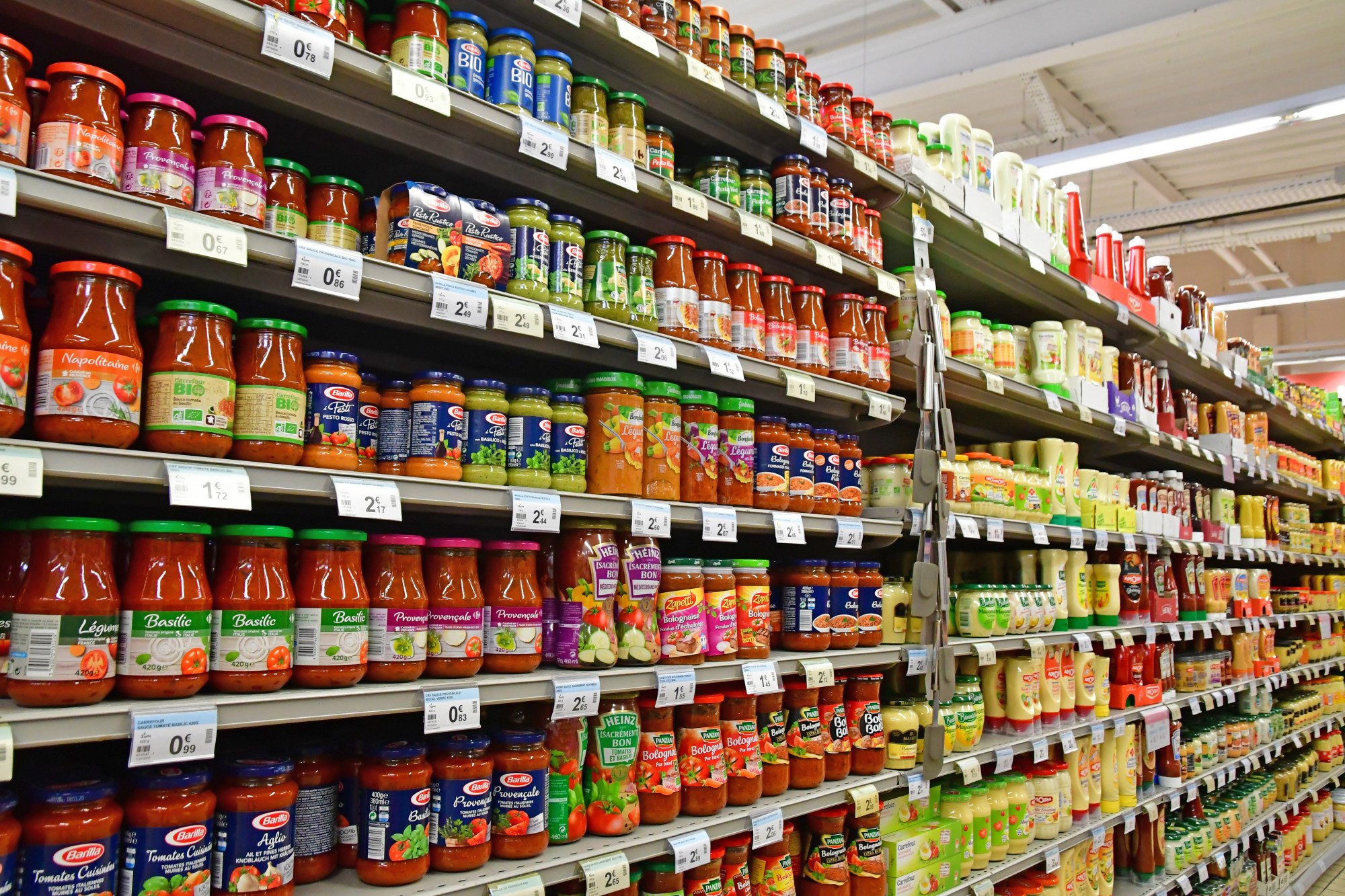
‘Ethnic’ food shopping in Hong Kong: I’m all for convenience, whether at the local grocer or a supermarket international aisle
- ‘Ethnic’ grocery shops offer a wider range of special ingredients, usually at a better price than supermarkets, which usually only stock bestsellers
- Supermarkets’ ethnic food sections do make it easy to put together an authentic meal from another culture, though, even if some see them as racist
My girlfriend is ecstatic about a new Indian grocer near her in Shek Tong Tsui, in Hong Kong Island’s Western district.
She was looking to pick up some cardamom to try in a dish. The local Wellcome supermarket didn’t have any, while the stock at the Fusion supermarket down the road didn’t look good and was quite expensive for the tiny package.
She could wait until the weekend and trek over to Chungking Mansions in Tsim Sha Tsui for a spice run. But she remembered this new little market near her building. We’ve been meaning to check it out and explore. Now was the perfect excuse.
Like most ethnic shops, it was full of snacks and fruity drinks from the originating country. There were chapattis in the frozen section, and korma sauce in a jar. But they also had ingredients not readily found in mainstream supermarkets: speciality goods selling at a fraction of the premium price in the “gourmet” food shops.

I love these independent stores, as do most people with an interest in diverse cuisines. The major chains obviously cannot stock everything, so they narrow their supplies to bestsellers from big food producers. Often, that means mass brands and recognisable labels.
If I want a serviceable tandoori marinade, ParknShop has me covered. But at the little Indian grocer, I could find everything to make a proper tandoori from scratch – well, except the actual tandoor oven.
Fok Hing Gin’s name is obvious bait, but what about a Slippery Nipple?
Recently I came across a blog with the intriguing headline: Best Ethnic Supermarkets in Hong Kong. I imagined finding a decent list of Thai, Indonesian and Indian shops. Instead, outlets they featured include Il Bel Paese, Aeon, New World Korean Food and Marks & Spencer.
It makes sense, I guess. Hong Kong’s dominant culture is Chinese, so British meat pies and Scottish salmon are as ethnic as Thai fish sauce and Korean bulgogi. The thing is, the cuisine from much of Europe is rarely ever called “ethnic”.
There’s an underlying cultural dynamic to what is considered “ethnic” and what is “international” that has to do with power. It’s not unlike the “expat versus immigrant” discussion as some new arrivals are viewed as more desirable and privileged than others.

Hong Kong doesn’t normally think of pesto, chorizo or Japanese Kewpie mayonnaise as ethnic foods. They are regular supplies expected in most supermarkets’ international aisle. Some ethnic ingredients have even made the mainstream from the marginalised section. Packets of pasta sit comfortably next to their many Asian noodle counterparts, while spaghetti sauces have clear right of abode among other sauces.
However, I’m not sure a melting pot supermarket is going to work either. Would chutney go into savoury condiments or with jams and marmalades?

Maybe supermarkets should be mosaics. It’s good to have areas dedicated to specific cuisines. If I’m making fajitas, it’s helpful that the Mexican products are grouped together. For a gourmet Italian feast, I probably want the artisanal balsamic and Parmigiano Reggiano cheese from the Made in Italy section, rather than the generic mass-produced vinegar and cheese.
When seeking authenticity of flavours, I like the speciality of an ethnic grocer with the one-stop convenience of a supermarket. At the same time I assume the best Korean products in Hong Kong are found in Kimberley Street’s Koreatown shops, and I imagine my girlfriend’s little Indian store has everything needed to make a real dal makhani.
And when I want real Swedish meatballs, I should go to Ikea.

